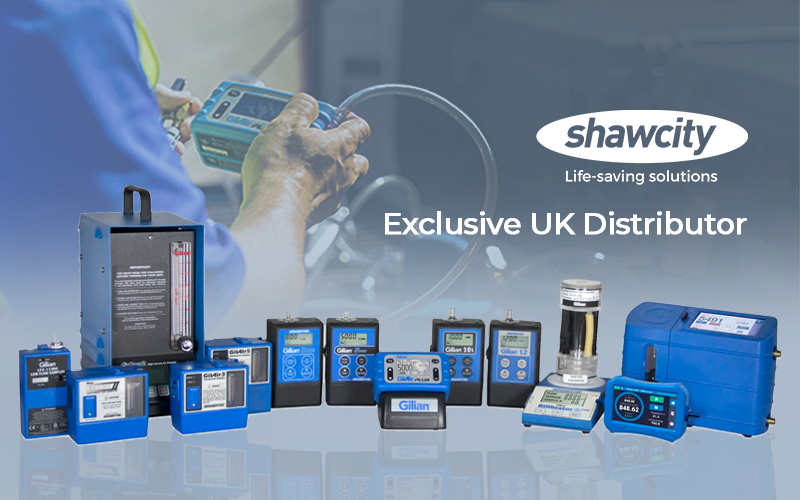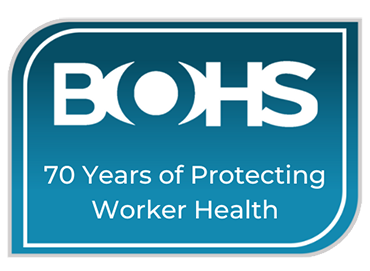Recent advice from the HSE states that by maximising the flow of natural fresh air in indoor spaces, the risk of COVID transmission can be reduced by up to 70%. They also recommend the use of a CO2 monitor to better understand air quality within specific areas.
CO2 can build up in the air the same way droplets of the virus can, so by monitoring CO2 levels you will also be identifying poorly ventilated workspaces which increase the likelihood of transmission. Improved air flow can be achieved through natural ventilation and mechanical systems such as ducts or vents.
Honeywell has recently introduced a cost-effective and user-friendly indoor monitor - the Honeywell Transmission Risk Air Monitor (HTRAM). This new real-time device analyses specific air quality conditions and alerts users when conditions are present that may increase the risk of exposure to airborne viral transmission in a certain area*.
The Honeywell Transmission Risk Air Monitor* is an easy-to-deploy, portable device that measures carbon dioxide and features a proprietary risk alerting system based on different activity levels within a room. This allows end users to proactively improve indoor ventilation which, according to the U.S. Centers for Disease Control and Prevention1, can help reduce the spread of certain diseases and decrease the risk of exposure among building occupants.
Research conducted by scientists at the University of Colorado2,3 has shown that real-time monitoring of indoor ambient air can be an indicator of increased risk of airborne viral transmission, utilizing different levels of risk-based factors such as CO2 concentration levels and the type of human activity in the area*.
Using this guidance and algorithms, Honeywell has identified air quality conditions that are driven by common activities and variables such as average room size, number of people present, breathing rate and duration. The HTRAM comes with three pre-programmed indoor activity settings: Low activity (cinemas, libraries & classrooms), medium activity (restaurants, offices & small clinics), and high activity (gyms, indoor arenas & recreation centres). The device is recommended for coverage of 800-1000 square feet.
 |
 |
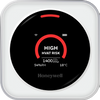 |
|
| Display | Green | Yellow | Red |
| Conditions | Likely low airborne transmission risk | Likely medium airborne transmission risk | Likely high airborne transmission risk |
| Recommended Action | - | Open windows Turn on HVAC fan |
Ventilate room immediately Reduce activities Move out of room until light changes to green |
| Alarm | - | One beep | Two beeps |
For each setting, the monitor provides indications using a traffic light pattern (green, yellow, or red) and a sound alarm so users can be aware of conditions that may increase the risk of airborne transmission based on detectable CO2 levels and take steps such as improving ventilation.
HTRAM Features & Benefits:
- Monitors carbon dioxide, Temperature and Relative Humidity
- Uses non-dispersive infra-red (NDIR) sensor for more accurate monitoring
- Sound Alert: One beep for medium alert; two beeps for high alert
- Small, portable and light weight
- Easy-to-use one button setting
- 10 hours battery life using Lithium-ion rechargeable battery
- 1-year limited product warranty
*HTRAM does not prevent or reduce virus transmission nor mitigate viruses that may be present, nor does it detect or warn against the presence of any virus, including but not limited to COVID-19. Even at lower risk levels, caution is required to prevent viral transmission. The HTRAM does not repel or destroy any microorganism, viruses, bacteria or germs.
It is also important to note that the HTRAM does not detect for levels of CO2 that would make for an unsafe or unsuitable breathing environment. If that is your requirement, please contact Shawcity to discuss suitable alternative products.
References:
- Ventilation in Buildings | CDC
- COVID-19 Airborne Transmission Tool Available | CIRES (colorado.edu)
- Exhaled CO2 as COVID-19 infection risk proxy for different indoor environments and activities, Sept. 2020, https://www.medrxiv.org/content/10.1101/2020.09.09.2019
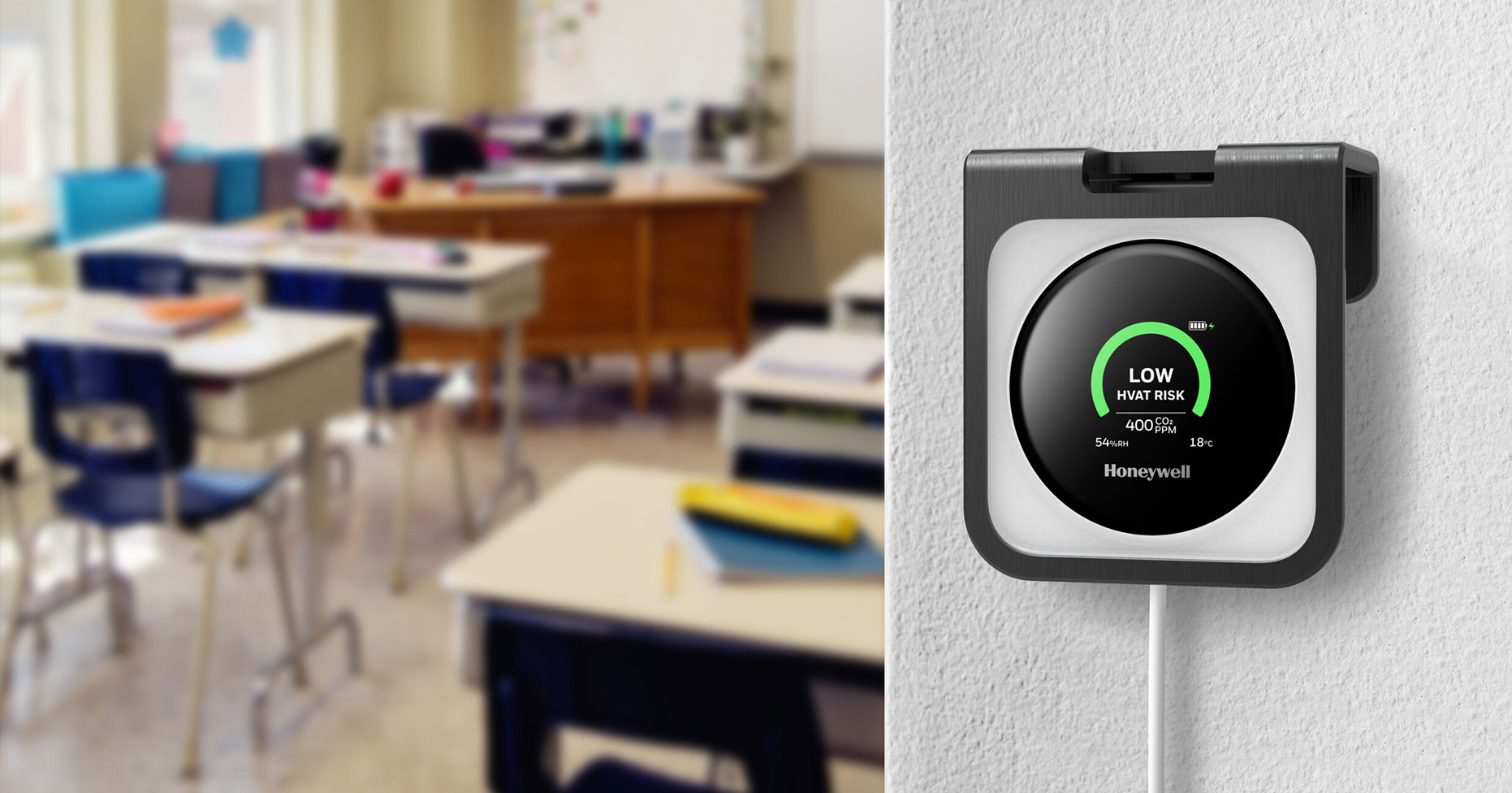
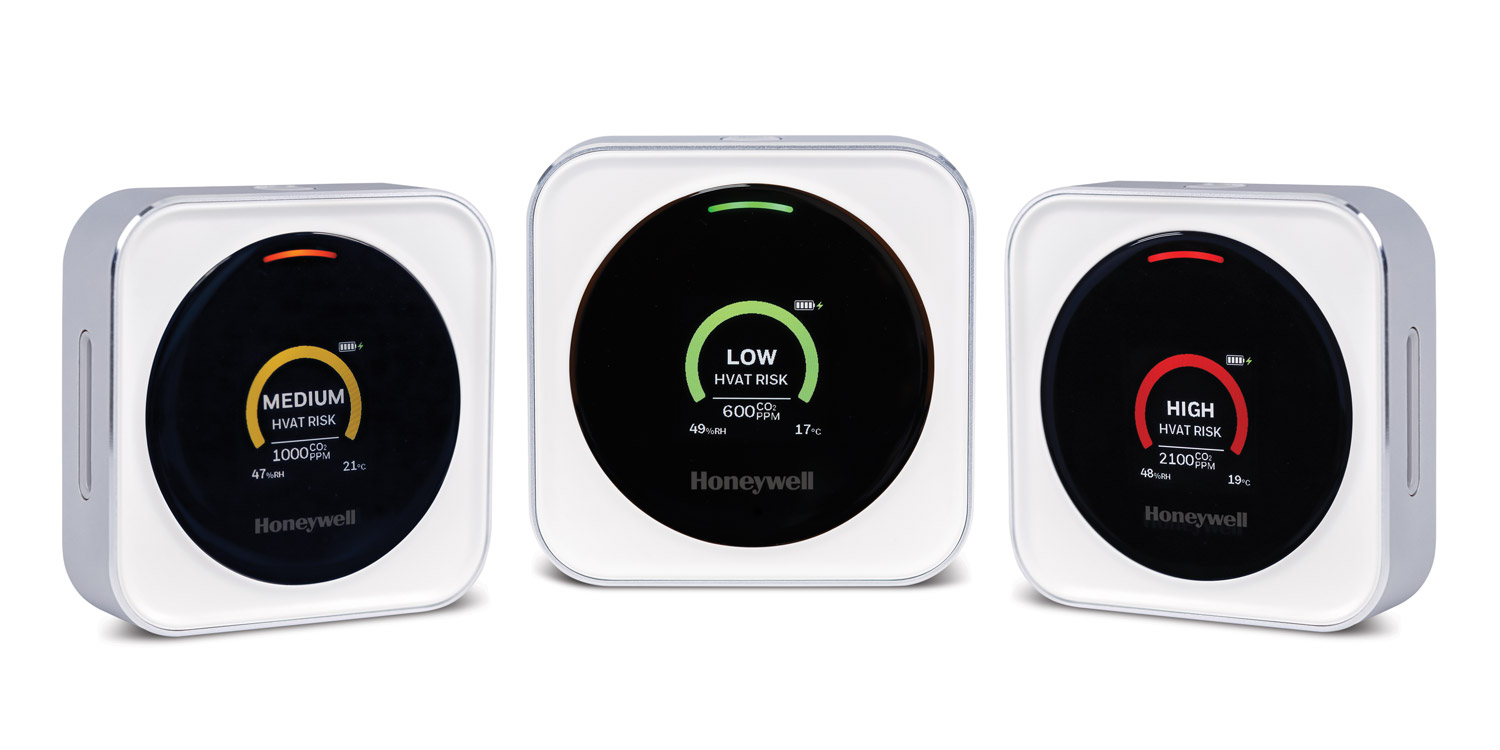
-1.png)

